GamesRadar+ Verdict
Pros
- +
Strong puzzle gameplay
- +
Fulfilling shooter elements and great weapons
- +
A good narrative leap forward
Cons
- -
Alyx is underutilized
- -
The cliffhanger ending is a let-down
- -
No multiplayer whatsoever
Why you can trust GamesRadar+
"Rise and shine, Mister Freeman. Rise and... shine," said the elusive G-Man in Half-Life 2's opening moments, kicking off one of the most cryptic intros in game history. He stuttered through his creepy dialog in a strange, almost alien dialect, smiling as he threw Gordon Freeman into the dark, dystopian future he didn't understand. It was a world totally unlike the one found in the original Half-Life, but one that was thematically similar in its tone. When it comes down to it, that's really the focus of the Half-life series--the tone. You're not some gun-toting maniac launching a one-man war on a foreign nation, you're Gordon Freeman. You're a scientist. You're the right man in the wrong place and well, let's just say your hour has... come again.
Unlike Half-Life 2, which was more a reinvention of the brand than a narrative sequel, Valve opted to have Half-Life 3 serve as a direct continuation of the franchise. When the story picks up, the duo of Alyx and Gordon are arriving at the Borealis--the Aperture Science research vessel teased in Episode 2. It's hard to shake the feeling that there's a missing piece, as it begins after the journey to the Borealis is complete (with little explanation as to how they arrived there), but it does the job of bridging the gap.
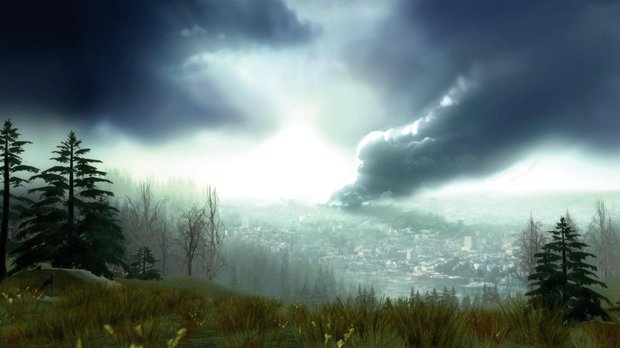
And, at first, it's oddly familiar. Though it's been a decade since the last game, you'll still recognize many of the same same ideas and concepts. Gordon and Alyx fight side by side, taking down waves of headcrabs and some groups of familiar Combine soldiers. The opening hour has a creepy vibe that'll remind you of Ravenholm, and sets the stage well for the insanity that comes in the later chapters. There, you'll fight a huge variety of enemies in a number of unique locales that you'll want to see before they're spoiled for you.
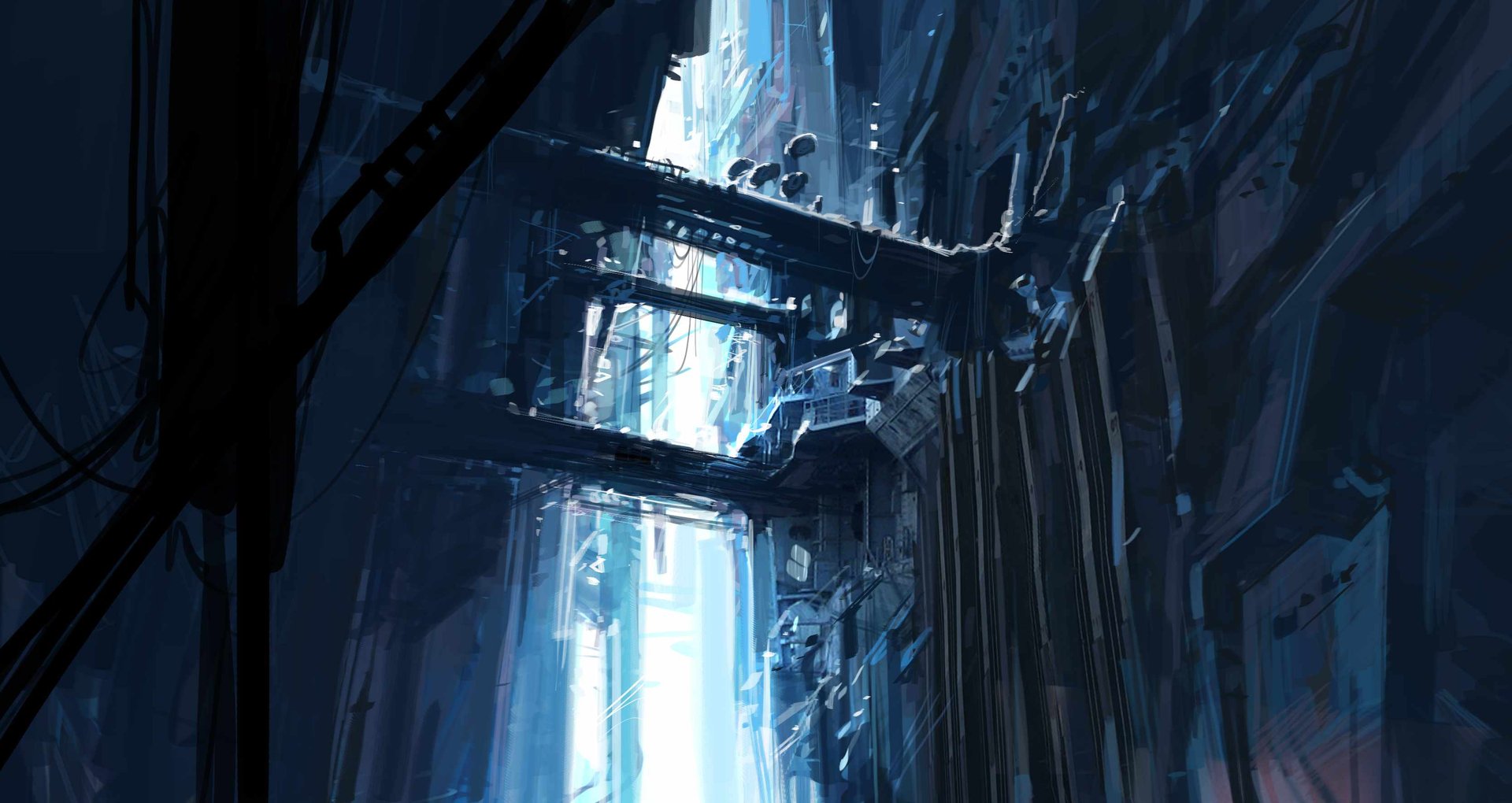
And though some of the game looks familiar, it definitely looks a good deal better. The enhancements that come with Source 2.0 are significant, with better shadows, textures, and lighting than those found in the original Source Engine. The visuals aren't as groundbreaking as they were when Half-Life launched in 2004, but it's obvious that the emphasis was more on the physics than the visual fidelity. In that, it's a huge success, and you might do a double take when you watch a cup rattle off a shelf and crash into the ground realistically. That said, even at its best, HL3 doesn't look as good as other AAA shooters on the market.
But it's hard to complain, what with how much is going on at any given time. At the core of the Borealis sits an upgrade to Gordon's Gravity Gun (which is revealed to actually have been developed by Aperture Science back before the events of Portal). Unlike in Half-Life 2, where the upgraded weapon is simply more powerful, this comes in the form of a secondary fire function that has it behaving like the Portal gun from Valve's other shooter franchise.
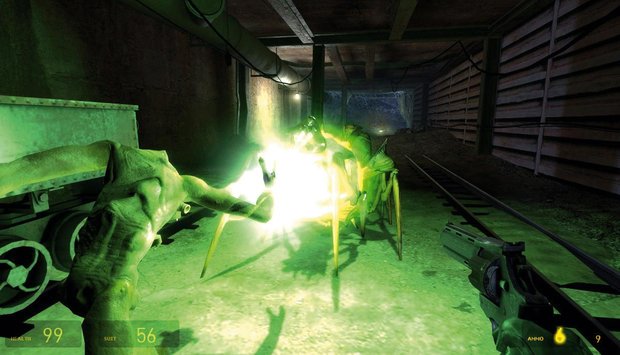
Mixing together the abilities of the Portal and Gravity guns makes for complex, but incredible gameplay that feels like a true merger of the two franchises. Gordon flies through the portals while firing machine gun blasts at enemies, and uses the weapon to create blue and orange holes to take advantage of his surroundings to destroy his foes. You'll put a portal above a shielded enemy, and then launch a kitchen sink through it to take him out--it's crazy, but it works really well. Half-Life is at its best when its merging puzzles and FPS gameplay, and the addition of the new weapon enhances that even further, even if it never fully takes advantage of Alyx Vance.
While other shooters, from BioShock Infinite to The Last of Us, have taken advantage of companion characters to enhance the gameplay, Alyx never feels like more than a floating turret that follows you around. Emotionally she's helpful, and adds some weight to the otherwise simplistic story (something Half-Life has always had success in), but there are no areas where the gameplay really shines when she's involved. Half-Life 2's chapters dabbled with some interesting mechanics that made use of their relationship, and it's a shame to see this abandoned for the sequel. Instead, she more or less appears and disappears when it's best for the particular segment of story.
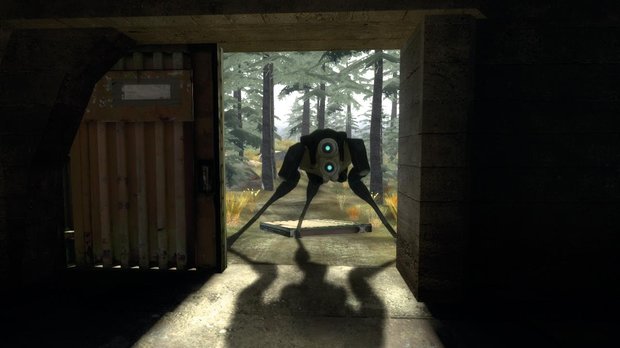
The story itself, though, is as strong as you could hope. Gordon's still silent, Alyx is still lovable, and the G-Man is still mysterious. But as you play, all three characters are evolved, casting additional light on some areas of the plot you might not have thought you'd ever have explained. Don't expect to have all the answers given to you (it wouldn't be a Half-Life game if you walked away with more answers than questions), but you'll definitely feel as though the overall narrative has been moved forward. And then it just… ends, and on one hell of a cliffhanger. This wouldn't be as frustrating if not for Valve's lengthy history of delays, meaning it might be another decade until you know exactly what happens next. Episodic DLC might reveal more info (ha), but I'd recommend not holding your breath. I know someone that did that when Half-Life 2: Episode 2 released, and… well, we all know how that went.
Half-Life 3 isn't the genre-evolving epic that its prequels were, but that's no reason to get upset. Though it doesn't reinvent the shooter, it plays with its pieces well, and moves the Half-Life franchise forward in some inventive ways. It also sets the stage for more interesting adventures in the franchise--let's just hope it isn't another 10 years before we get to see what Half-Life 4 is all about.
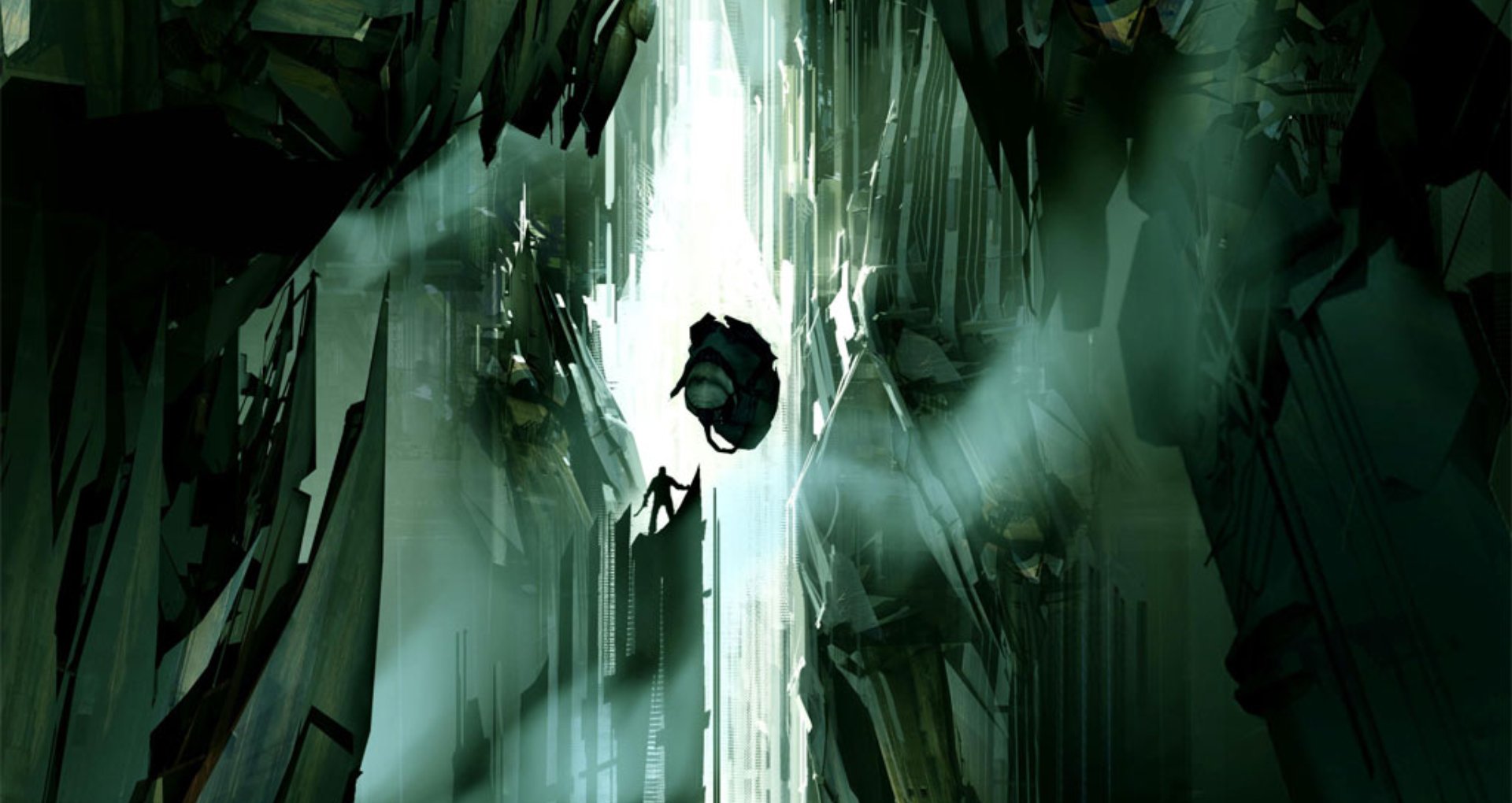
Half-Life 3 might not be a revolution, but the strong gameplay is exactly what you've come to expect from Valve, and the Source 2.0 engine looks like it has a long life ahead of it.
More info
| Genre | Shooter |
| Description | The next chapter in the Half-Life universe. |
| Platform | "PC" |
| Alternative names | "HL3" |
| Release date | 1 January 1970 (US), 1 January 1970 (UK) |
Hollander Cooper was the Lead Features Editor of GamesRadar+ between 2011 and 2014. After that lengthy stint managing GR's editorial calendar he moved behind the curtain and into the video game industry itself, working as social media manager for EA and as a communications lead at Riot Games. Hollander is currently stationed at Apple as an organic social lead for the App Store and Apple Arcade.




